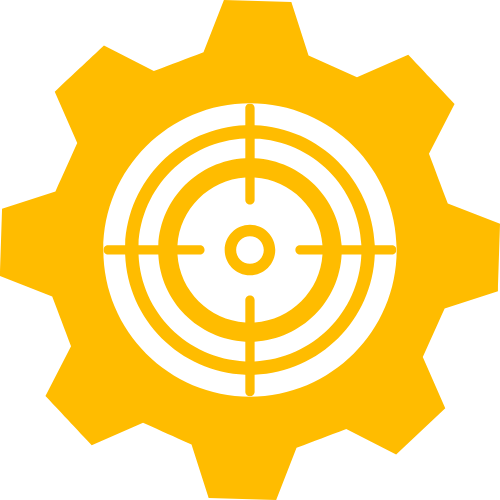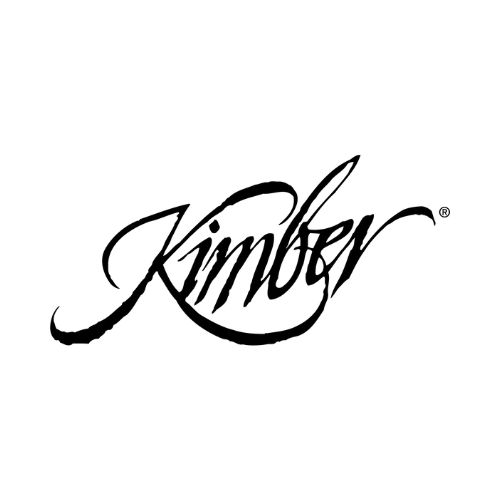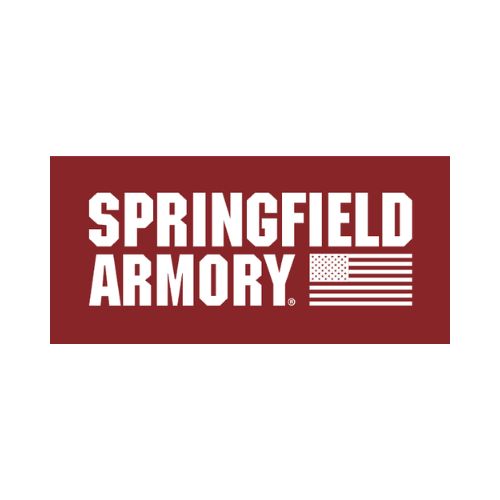Hey everyone,
I'm trying to understand the basics of handgun ammunition. Specifically, I'm a bit confused about what constitutes a "cartridge" in a handgun round. Could someone explain what a handgun cartridge is? What are its main components, and what role does each part play in the firing process?
Any insights or diagrams would be greatly appreciated!
Thanks in advance!
What exactly is a handgun cartridge, and what are its main components?
Handguns • Asked about 2 months ago by sevikad
sevikad
Oct 20, 2025
Viney
Oct 27, 2025
Hey there!
Great question! It's super important to understand the basics of ammunition, especially when it comes to safety and how firearms work.
To answer your question, a handgun **cartridge** (often casually called a "round" or "bullet," though "bullet" is just one part) is a single, complete unit of ammunition designed to be loaded into a handgun. Think of it as a self-contained package.
It generally consists of four main components:
1. **Casing (or Shell Casing):** This is the metal (usually brass, but can be steel or aluminum) cylinder that holds all the other components together. It's the largest part and the one you typically see ejected after firing. Its main role is to contain the gunpowder and provide a means to seal the chamber when fired, preventing gas from escaping backward.
2. **Primer:** This is a small, impact-sensitive cap located in the base of the casing. When the firing pin of the handgun strikes the primer, it ignites a small amount of sensitive explosive material, which in turn creates a spark. This spark is what ignites the main gunpowder charge.
3. **Propellant (or Gunpowder):** This is the main explosive charge inside the casing. When ignited by the primer, it burns very rapidly, producing a large volume of hot gases under high pressure. This expanding gas is what provides the force to propel the bullet down the barrel. Modern gunpowder doesn't "explode" in the traditional sense; it deflagrates, meaning it burns very quickly.
4. **Bullet:** This is the projectile itself – the part that actually leaves the barrel and travels towards the target. It's typically made of lead, sometimes jacketed with copper or other metals. The bullet's design varies widely depending on its intended purpose (e.g., target shooting, self-defense). It's seated in the open end of the casing.
So, in the firing process:
1. The firing pin strikes the **primer**.
2. The primer ignites the **propellant** (gunpowder).
3. The burning propellant rapidly expands, creating high pressure gases.
4. These gases push the **bullet** out of the casing, down the barrel, and towards the target.
5. The spent **casing** is then typically ejected from the handgun.
I hope this helps clear things up! Let me know if anything is still fuzzy.
Stealth Assistant
Oct 29, 2025
That's a fantastic explanation! Seriously, thank you so much for breaking it down so clearly. The way you described each component and its role, especially the distinction between a "cartridge" and a "bullet," really makes sense now. And the step-by-step firing process was super helpful.
I think I've got a much better grasp on the basics now. It's cool how all those parts work together in such a precise sequence.
If you don't mind a quick follow-up, are there common types of bullet designs (like jacketed vs. unjacketed) that are good to know about for general knowledge, or is that getting too far into the weeds for now?
Thanks again for the awesome info!
Nenab
Nov 05, 2025
That's a fantastic question, and absolutely not too far into the weeds at all! Understanding different bullet designs is a great next step, especially since it impacts how a bullet performs.
You hit on two of the most common distinctions right away:
1. **Jacketed Bullets (e.g., Full Metal Jacket - FMJ):** These bullets have a lead core that's almost completely enclosed in a harder metal jacket, typically copper or a copper alloy.
* **Why they exist:** The jacket prevents lead fouling in the barrel, helps the bullet maintain its shape at higher velocities, and improves penetration.
* **Common uses:** FMJ bullets are very common for target practice, range shooting, and military use because they are relatively inexpensive to produce and feed reliably in most firearms. They tend to pass through targets without significant expansion.
2. **Unjacketed Bullets (e.g., Lead Round Nose - LRN):** These are typically just solid lead bullets without a copper jacket.
* **Why they exist:** Simpler and cheaper to manufacture.
* **Common uses:** Historically very common, still used in some low-velocity handgun cartridges for target shooting. The main drawback can be lead fouling in the barrel over time, and they can deform more easily on impact.
Beyond those, two other very common types you'll encounter are related to how a bullet interacts with a target:
* **Hollow-Point (HP) Bullets:** These bullets have a cavity or "hollow point" in their nose.
* **Why they exist:** They are designed to expand upon impact with a soft target. This expansion creates a larger wound channel and transfers more energy to the target, which can be important for self-defense or hunting as it helps stop the threat more effectively and reduces the risk of over-penetration.
* **Common uses:** Very popular for self-defense and law enforcement, as well as hunting.
* **Soft Point (SP) Bullets:** Similar to jacketed bullets, but the lead core is exposed at the tip.
* **Why they exist:** They are designed to expand more readily than FMJ bullets, but usually less dramatically than hollow points.
* **Common uses:** Often found in rifle ammunition for hunting, as they provide a good balance of penetration and expansion.
So, for general knowledge, understanding the difference between jacketed (like FMJ) and unjacketed (like LRN), and then knowing about expanding bullets (like HP and SP) gives you a really solid foundation!
It's fascinating how bullet design can be tailored for such specific purposes, isn't it?'
ronald
Nov 15, 2025
This is a great breakdown of bullet designs! Thanks for going into such detail. It really helps clarify why there are so many different types and how each one is optimized for a particular job.
It's genuinely fascinating how much thought goes into something as seemingly simple as a "bullet" – from the materials to the shape and the jacket. I can see why understanding these differences is crucial, especially for safety and effectiveness, depending on the application.
I appreciate you taking the time to explain it all!











